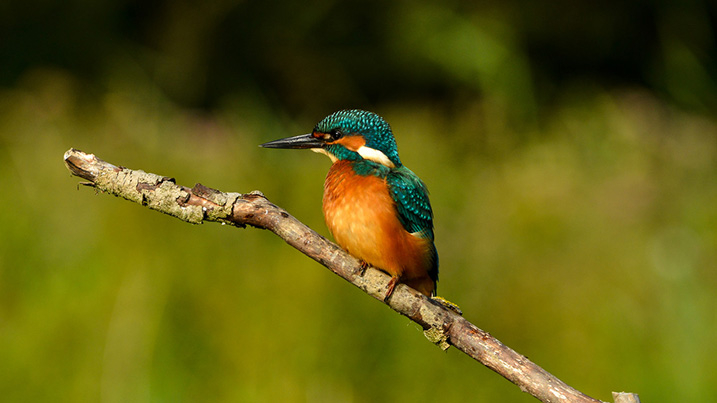Watching wildlife
Arundel is a 65-acre haven for wildlife surrounded by the steep Offham hangar, the pretty River Arun and the scenic South Downs.

The site benefits from a natural ground water filtered by the layers of landscape. This high quality source allow Arundel’s scrapes, reed beds and channels support a rich array of British wildlife favourites.
Eight wildlife hides give you close up views with perches and water right next to each hide. The Sand martin hide even has artificial nesting banks built right in!
Check out our site map for hide and habitat locations.
Spring

Sand martins return to nest in the artificial sand banks of the unique Sand Martin hide. Kingfishers also nest build on the Arun Riverlife lagoon, while lapwing make shallow scrapes on the wet grassland near the Ramsar hide and Lapwing hide. Oystercatchers build nests in rocky spots. Reed, sedge and Cetti’s warblers sing in the reedbeds while grass snakes enjoy lunching on tadpoles in the front pond. Greylag and Canada geese goslings waddle the pathways with mallard ducklings bobbing along the ditches.
Summer

Wildflowers explode in a wild rainbow across the wetland landscape each summer in a stunning display. Young toads emerge from the ponds on damp days. The bug hotels are abuzz with bees and beetles while dragonflies zip through the reedbeds. Mallards and songbirds start second broods and many ducks go into eclipse plumage tucking away into the reeds. Look out for buzzards and peregrines soaring over from the Offham hangar.
Autumn

Flurries of swallows and martins move through on their way south. Heron and cormorant numbers increase on the large lagoon. Common darter dragonflies try to hang on until October. Migration begins with water rail, snipe and more arriving to stay the winter at Arundel. Flocks of redpoll and goldfinch move through in late autumn. Gadwall and teal numbers increase, the ducks in jewel-toned plumage for great photos in the autumn light.
Winter

Marsh harriers arrive in the late afternoons to roost in the reedbeds. Little egrets roost near the Ramsar hide. More raptors off the hangar including red kites, kestrels and sparrowhawks. On chilly days lapwings flock in for the day - when the temperatures really drop we may get a flock of Bewick’s swans in overnight. Kingfishers remain on site all year and are easy to spot now that leaf coverage is limited. The long path is a hot spot for firecrest sightings. Snipe too are bolder when weather is colder and can be spotted along the edges of the reeds.